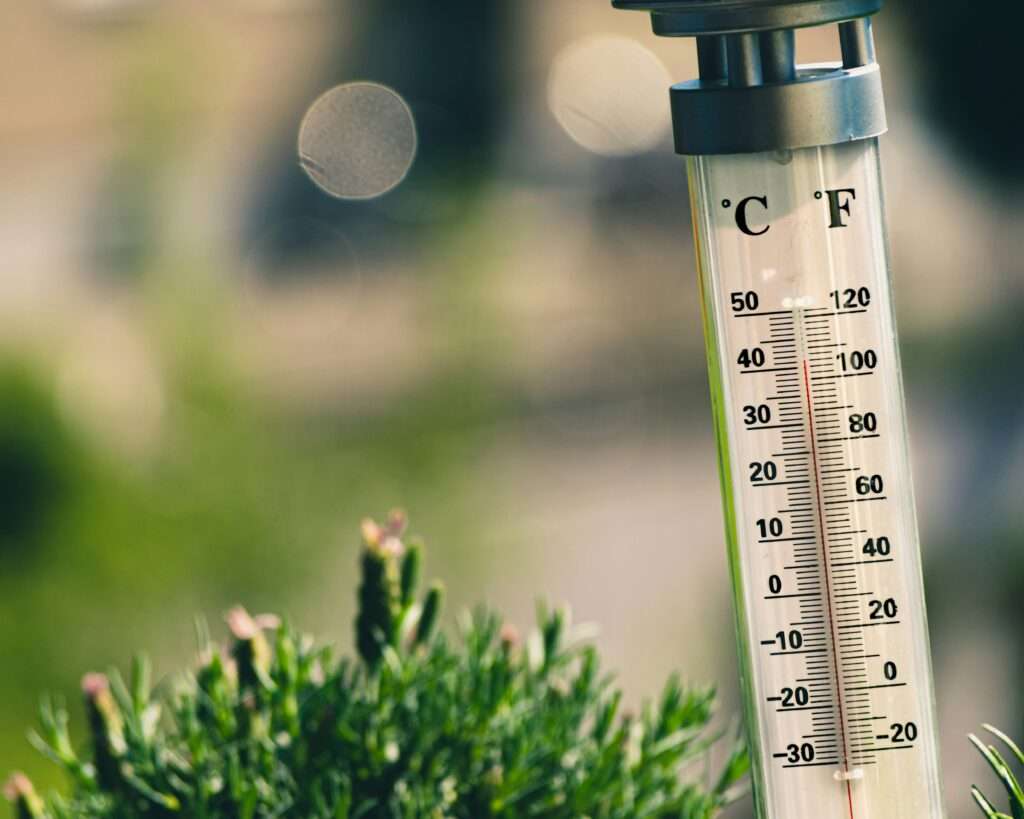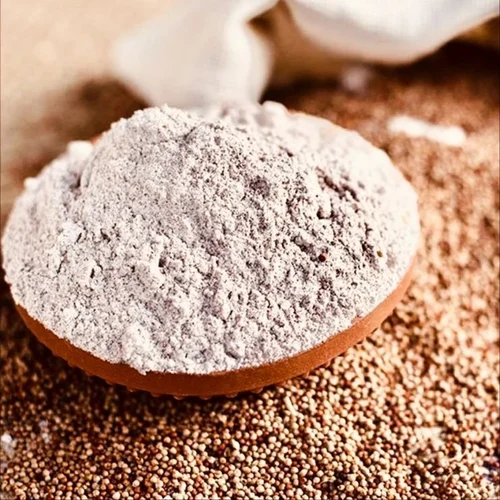
Introduction
Temperature conversion plays a crucial role in daily life, from cooking to weather interpretation and medical assessments. Knowing how to convert between Celsius and Fahrenheit helps in understanding various temperature scales used worldwide. In this article, we will focus on converting 37.1°C to Fahrenheit and explore its significance.
Understanding Temperature Scales
The Celsius Scale
The Celsius scale (or Centigrade) is widely used in science and most countries worldwide.
- Developed by Anders Celsius in 1742
- Defined by water’s freezing point (0°C) and boiling point (100°C)
- Commonly used in weather reports, scientific calculations, and everyday life
- Adopted by the International System of Units (SI) as the standard for temperature measurement
The Fahrenheit Scale
The Fahrenheit scale is mainly used in the United States and a few other regions.
- Invented by Daniel Gabriel Fahrenheit in 1724
- Defined by water’s freezing point (32°F) and boiling point (212°F)
- Often used in weather forecasts, industrial applications, and medical thermometers
- Preferred in the United States, the Bahamas, and some Caribbean nations
The Conversion Formula
To convert Celsius to Fahrenheit, use the following formula:
Breaking it down step by step ensures an accurate conversion.
Applying the Formula to 37.1°C
Using the formula:
Thus, 37.1°C equals 98.78°F.
Practical Applications of 37.1°C
Medical Context
- Normal body temperature is around 98.6°F (37°C).
- A reading of 37.1°C (98.78°F) is within normal range but could indicate slight fluctuations due to physical activity or time of day.
- Fever is usually defined as 100.4°F (38°C) or higher.
- Hypothermia occurs below 95°F (35°C), and hyperthermia starts above 100.4°F (38°C).
Everyday Scenarios
- Weather conditions: 37.1°C (98.78°F) is considered extremely hot in many regions.
- Household appliances: Some devices, such as ovens and heaters, may have settings in either scale.
- Industrial applications: Temperature-sensitive industries rely on precise measurements.
- Cooking and baking: Some international recipes use Celsius, while others use Fahrenheit.
See Also: My Health, My Right: Understanding the Right to Health
Common Misconceptions in Temperature Conversion
Many people make errors when converting temperatures, such as:
- Forgetting to multiply by 9/5 before adding 32.
- Misinterpreting fever thresholds in Celsius and Fahrenheit.
- Assuming that Celsius and Fahrenheit scales increase proportionally.
- Confusing Celsius to Kelvin conversion (C + 273.15) with Fahrenheit.
Tips to Avoid Mistakes
- Use a conversion formula or calculator.
- Refer to a temperature conversion chart.
- Memorize key temperature reference points (e.g., 37°C = 98.6°F).
Tools and Resources for Accurate Conversion
For quick and precise conversions, consider:
- Online temperature converters such as Google or unit conversion websites
- Mobile apps for instant calculations
- Printable temperature conversion charts
- Smart home devices like thermostats with automatic conversions
Exploring Related Temperature Conversion Examples
Here are a few common conversions:
- 0°C = 32°F (Freezing point of water)
- 100°C = 212°F (Boiling point of water)
- 37°C = 98.6°F (Normal body temperature)
- 20°C = 68°F (Room temperature)
- 40°C = 104°F (Hot summer day)
Quick Temperature Conversion Chart
| Celsius (°C) | Fahrenheit (°F) |
|---|---|
| 0°C | 32°F |
| 10°C | 50°F |
| 20°C | 68°F |
| 30°C | 86°F |
| 37°C | 98.6°F |
| 40°C | 104°F |
| 50°C | 122°F |
| 100°C | 212°F |
The Importance of Accurate Temperature Measurement
Accurate temperature readings are crucial for:
- Medical fields: Diagnosing illnesses and managing fevers
- Weather predictions: Understanding climate patterns
- Industrial applications: Ensuring product quality in manufacturing
- Scientific research: Conducting precise experiments
Errors in temperature measurement can lead to misinterpretations and incorrect actions, making accurate conversion essential.
Frequently Asked Questions (FAQs)
1. Why does the U.S. still use Fahrenheit?
The U.S. continues to use Fahrenheit because of historical conventions and a lack of government-driven metric conversion efforts.
2. Can I convert Fahrenheit to Celsius using the same formula?
No, the reverse formula is:
3. How does body temperature change throughout the day?
Body temperature fluctuates, often lower in the morning and slightly higher in the evening.
4. What is Kelvin, and how does it relate to Celsius?
Kelvin (K) is an absolute temperature scale used in science. To convert:
Conclusion
In this guide, we covered:
- The differences between Celsius and Fahrenheit
- How to convert 37.1°C to Fahrenheit
- Practical applications and misconceptions
- FAQs on temperature conversion
Understanding temperature conversions helps in medical assessments, weather analysis, and everyday applications. Utilize the provided tools and charts to ensure accurate conversions in the future!




